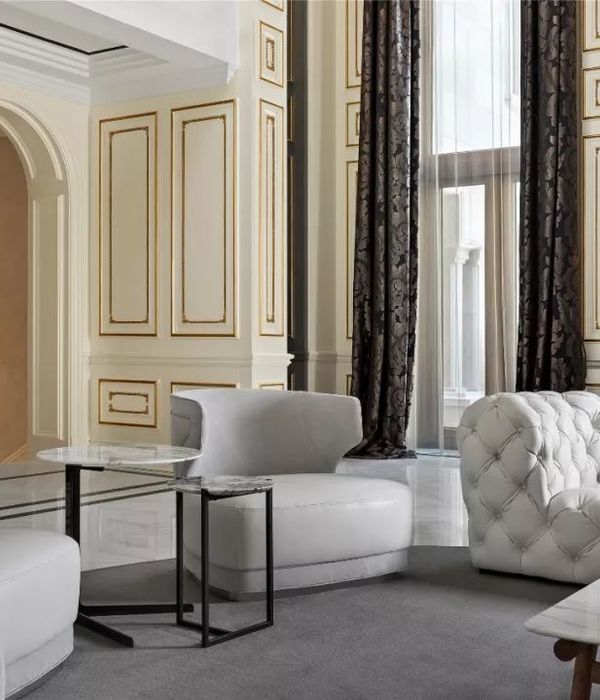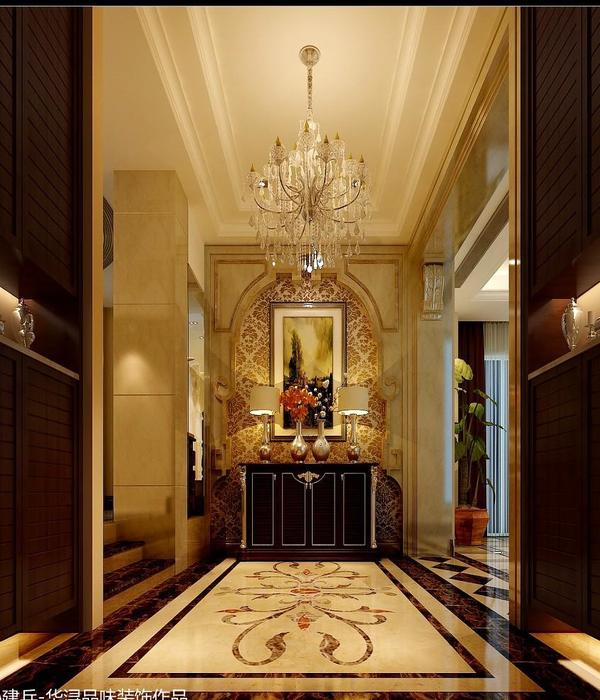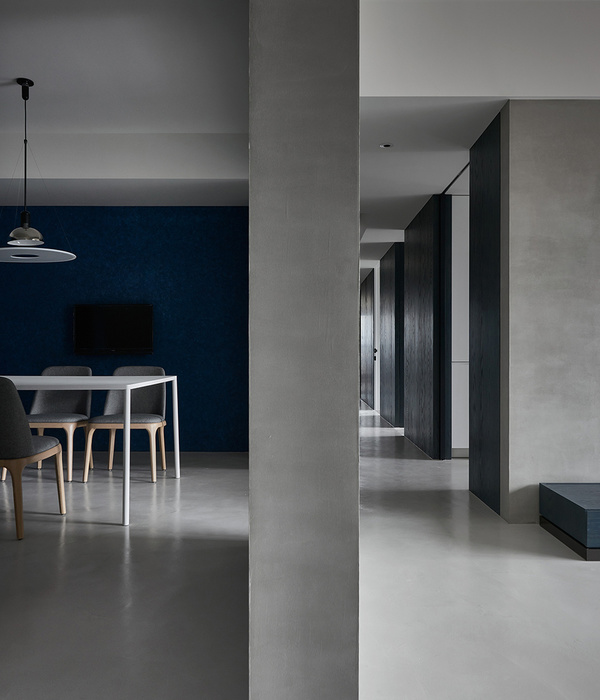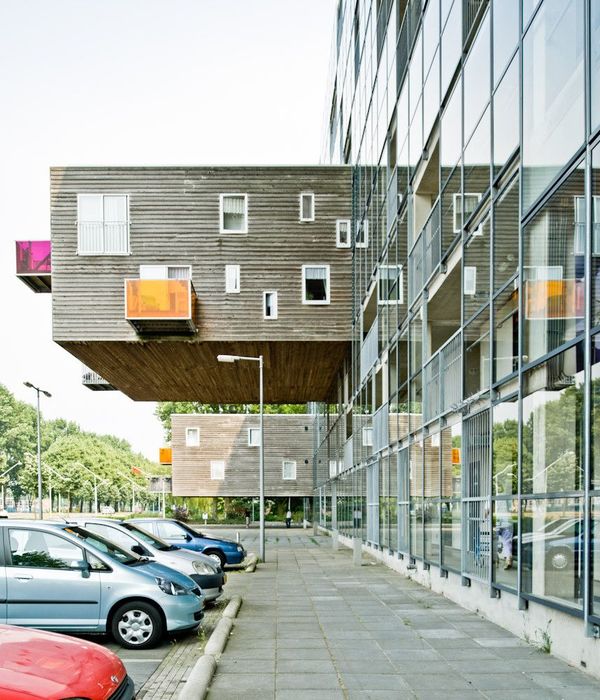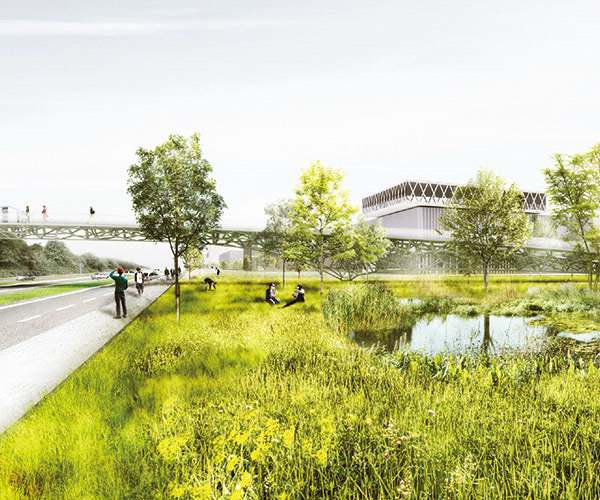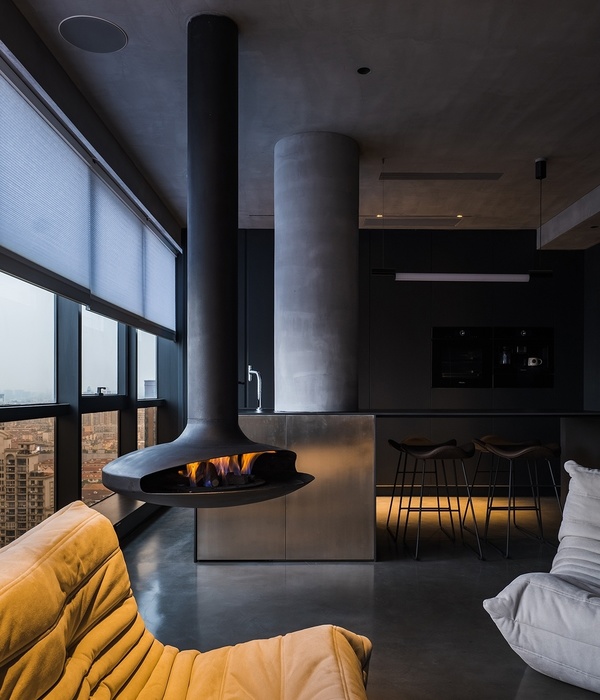这是一个充满激情的未来想象项目。
虽然泰国特别是中央三角洲区域遍布水网,但季节性水旱不调的情况一直困扰着泰国。同时因为城市和农业用地的扩张,用水情况更加恶劣。建筑师希望找到一个全新的大而有效的工具进行水管理—–期望管理的水量是:6000—10000亿立方米。单纯的水坝项目实现起来消耗很大,如果找到一种与人类息息相关的方式,比如让人居和这个项目结合在一起,似乎更为有效。建筑师选择了泰国两江平原上常常受每年洪灾淹没的Nakornsawan作为项目所在地。
项目中将建起一个超级大碗来承装6000—10000亿立方米水中15%的含量1500万立方米水。大碗的碗壁高150米,有20公里长,碗中涝季储水,旱季放水。碗表面有40%的面积被混生森林覆盖。人们在特定的区域建造城市。建筑师希望这个巨型结构的将成为城市,拥有2830万平方你,可居住50万人,学校,电影院,剧院和市政设施应有尽有。
城市是可持续发展的,因为其具有风力涡轮机,水力发电机,沼气利用系统太阳能发电系统。这里适合种植水耕植物。这里也可以提供人们所需要的蔬菜。农业以更节水的方式在这里存在。新城不提倡机动车,只在节点处提供停车场,在这里居民使用汽车前往其它市。水坝中有地铁系统,水坝有轮运码头。体育场和公园以及机场都浮在水面上。
When it comes to flood…Stop blaming nature… We are the one responsible. Supermachine studio expresses our view towards different future with Superbowl Project.
Imbalance
Thailand is a country at risk of water disaster both draught and flood. Considering its size, the country has a great length of rivers in its water network, specially the central delta. Together with monsoon behavior around the region, Thailand has always been worried about more than less water to use. But delirious sprawl of cities and irresponsible agriculture lands trigger huge imbalance of water flow; insufficient to use during dry season and larger scale flood during rainy season.
New tools
We have to change the way we live with WATER, but more than that, we need far larger and more efficient tools to manage it. We need network of hydraulic device big enough to manage 6,000-10,000 million cubic meter of water that spill out of the rivers every year. “Dams won’t work.. They are managed by politics.” We need new tools that are more human related. The PEOPLE’s tools. The tools that make us more responsible and enable us to live with WATER in the new way all together.
Nakornsawan
In this proposal, we use Nakornsawan as a location to implement our vision of a giant hydraulic tool in the network. The city is a typical Thailand’s city locating by 2 rivers Ping and Nan. It is usually flood every year but in 2011 the water broke the protecting levee into the city’s center. The whole town of Nakornsawan sank into one meter plus deep water. Our vision is to place the new WATER city in between the two rivers and slowly generate new way of living for Nakornsawan’s people.
Super Bowl; Half a million city
Can we build a massive hydraulic tool that is populatable as an extension of our own city or as a new city itself that all of people in the old city can move into? We propose to build a 20 km. long soil hill in closed shape in between 2 rivers in the East of the city of Nakornsawan. The 150 meter high hill will form a giant water reservoir capable of managing 1,500 million m3 (15% of Bhumipol dam) water. The massive water device will work together with other devices in the network sucking in water from the rivers during monsoon season with 3 giant pumps at 180million m3/day. It will slowly release the water out during dry season keeping the part of the water for 5.85 million m2 agriculture on the inner surface of the reservoir itself.
The outer surface of the bowl will be 40% covered with forest of diverse species. In time, people will populate and urbanize the outer surface of the hill in specific area without harming the fully grown forest. The new city will be thin but continuous one running up and down the surface of the hill allowing the residents to be close to the forest. In our vision, the city is one continuous architecture netting on the giant water device. Its structure will be standing on the soil to strengthen the reservoir as a whole. The new architecture is a vast 28.3 million m2 of mix-use programs (from house to school, cinema, market to government facilities) able to inhabit half a million people, the size of downtown Nakornsawan itself.
Super bowl is a sustainable city of its own as it has power sources from wind turbine, water, hydro-generator, bio-gas and dye-synthesized solar cell installed on all of its surface. Hydroponic planting system is also a built-in element on the whole building skin. People will plant their own consuming vegetable while traditional terrace rice planting will be allowed one crop a year inside the reservoir. In this city, agriculture still exist but in much more responsible and water-efficient way.
Less cars are allowed in the new city, parkings are distributed along the band in nodes. The residents use cars just to travel to other cities. In Project kingkong, they will use 3 lines of in ground Metros. 3 levels of public transportation connect people in the city via 3 interchange stations on each side of the peripheries. On top level, which is the water level, people will travel with boats. Public facilities like parks or sport stadiums are floating elements on water including airport.
{{item.text_origin}}

